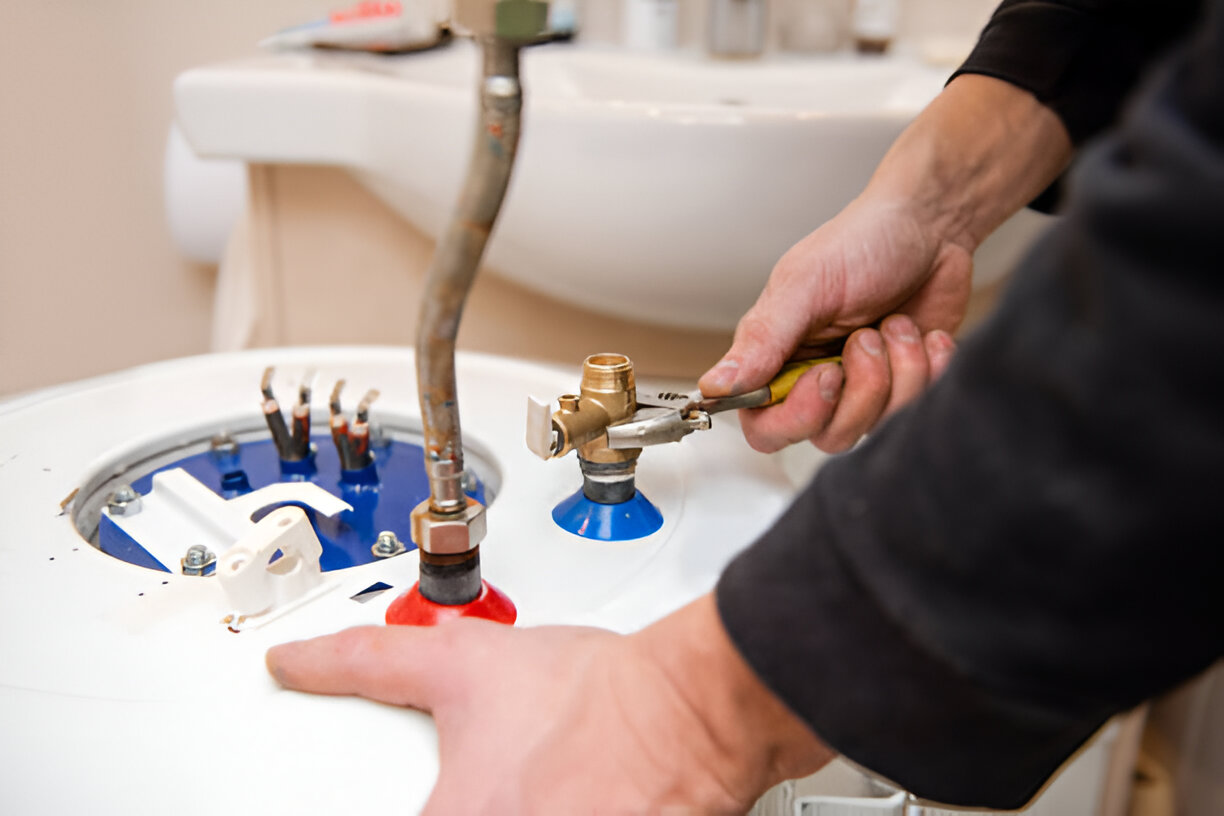Heating Service in Paradise Valley, AZ
Keeping your home comfortable and safe during winter nights and occasional cold snaps in Paradise Valley, AZ requires heating systems that are reliable and efficient. Whether you need furnace installation, fast repairs, seasonal maintenance, or an energy-efficiency upgrade, professional heating service in Paradise Valley, AZ focuses on diagnosing problems quickly, restoring safe operation, and improving long-term performance to lower energy bills and avoid emergency breakdowns.

Why timely heating service matters in Paradise Valley
Paradise Valley homes face a desert climate with hot days and cool to chilly nights. Heating systems are used less than in colder regions but still play a critical role in comfort and safety during winter evenings and rare freezes. Underuse can hide developing problems until a cold night, making preventative maintenance and fast same-day repairs especially valuable. Proper heating service also reduces wear on heat pumps and furnaces, improves indoor air quality, and can cut monthly energy costs.
Common heating issues in Paradise Valley homes
- Furnace not starting or frequent short cycling
- Weak or uneven heat, hot and cold rooms
- Unusual noises from the furnace or ductwork
- Higher than usual energy bills during heating season
- Thermostat not responding or inaccurate temperature control
- Pilot light or ignition problems in gas furnaces
- Blower motor failures or reduced airflow due to clogged filters or ducts
- Safety concerns: carbon monoxide detector alerts, gas smell, or electrical faults
How we diagnose and troubleshoot heating problems
A systematic diagnostic process helps identify the root cause quickly and avoid unnecessary parts replacement. Typical steps include:
- Visual inspection of the furnace or heat pump and thermostat for obvious damage or error codes.
- Safety checks: carbon monoxide testing, gas leak detection, and verifying proper venting and flue integrity.
- Electrical and control checks: testing capacitors, contactors, limit switches, and control boards.
- Ignition and combustion analysis for gas furnaces: checking the igniter, flame sensor, and combustion efficiency.
- Airflow evaluation: measuring static pressure, inspecting filters, ductwork, and the blower assembly.
- Refrigerant check for heat pumps and ductless systems: assessing charge, reversing valve function, and defrost cycles.
- Performance testing: verifying temperature rise across the heat exchanger, thermostat calibration, and system run cycles.
Technicians present clear findings, recommended repairs or replacement options, and expected timelines for same-day or next-available service.
Typical repair and replacement workflows
Repair workflow:
- Onsite diagnosis and written estimate describing parts and labor.
- Priority options for same-day or emergency repairs depending on severity and safety.
- Authorized parts replacement and system testing after repair.
- Final safety check and homeowner walkthrough of what was done.
Replacement and installation workflow:
- Home evaluation and load calculation (Manual J) to size the right system for your home, considering Paradise Valley insulation, large windows, and desert temperature swings.
- Equipment selection: review of high-efficiency furnaces, heat pumps, or hybrid systems and compatible brands.
- Permitting and code compliance checks as required by local authorities.
- Removal of the old unit, duct or pad modifications if needed, and professional installation of the new system.
- Startup, commissioning, and performance verification including airflow balance and thermostat setup.
- Warranty registration and documentation provided at completion.
Installations typically include guidance on controls and maintenance schedules so you get optimal performance from day one.
Energy-efficiency upgrades and compatible brands
Upgrading can meaningfully reduce heating costs and boost comfort. Effective options for Paradise Valley homes include:
- High AFUE gas furnaces for colder nights and improved fuel efficiency.
- Modern heat pumps with inverter-driven compressors for efficient heating in mild winters.
- Variable-speed ECM blower motors for quieter operation and better humidity and temperature control.
- Two-stage or modulating furnaces and heat pumps that adjust output to actual load.
- Smart thermostats and zoning systems to reduce wasted energy in unused rooms.
- Enhanced filtration, UV lights, and whole-home ventilation to improve indoor air quality.
Common, reliable brands compatible with these upgrades include Day & Night, Carrier, Trane, Lennox, Rheem, and Goodman. Brand choice depends on budget, desired efficiency ratings, and available warranty coverage.
Warranty, financing, and service plans
- Manufacturer warranties: new equipment commonly includes parts and limited labor coverage; length varies by brand and model.
- Labor warranties: professional installation often includes a separate workmanship warranty to protect against installation defects.
- Extended protection and parts plans: options exist to extend coverage beyond manufacturer terms for critical components.
- Financing: many homeowners use financing to spread the cost of replacement or major upgrades; typical plans include fixed monthly payments and promotional rate offers through established lenders.
- Preventative maintenance plans: regular tune-ups with scheduled cleaning, safety checks, and priority service can prolong equipment life, maintain warranties, and reduce the likelihood of emergency repairs.
Preventative maintenance checklist and homeowner tips
Regular maintenance keeps systems efficient and reliable:
- Replace or clean filters every 1 to 3 months during use.
- Schedule annual heating tune-ups before the cold season to inspect heat exchangers, burners, ignition, and safety controls.
- Keep vents and returns free of obstructions and furniture to maintain airflow.
- Seal and insulate attic access, doors, and windows to reduce load on the system.
- Consider duct sealing and insulation to prevent heat loss in attic or crawlspaces.
- Install a programmable or smart thermostat and set temperature setbacks for night and away times to save energy.
- Monitor carbon monoxide detectors and replace batteries regularly.
Benefits of regular service include fewer emergency calls, lower utility bills, longer equipment life, and safer operation.
Customer Testimonials
Hear directly from our customers about the quality, honesty, and care we bring to every job.










